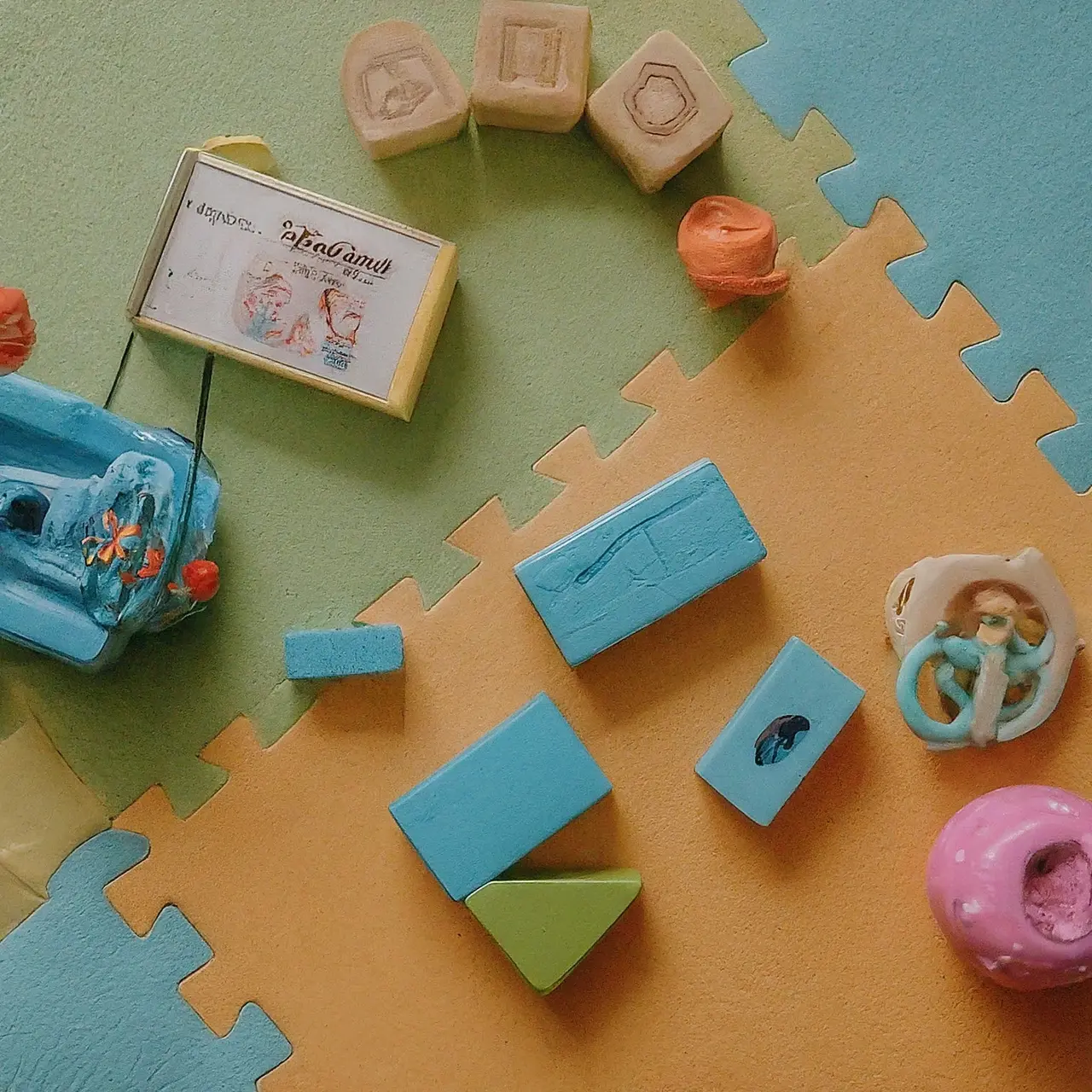The magical journey of childhood development is enriched with colors, shapes, and textures, all available through the joy of play. Baby learning toys aren’t just fun objects; they are keys to unlocking potential, fostering growth, and nurturing curiosity in our little ones’ minds. Dive into the enchanting world of educational playtime, where every giggle and touch can contribute to a child’s development.
Understanding the Importance of Play in Early Childhood Development
Play, often seen as the language of childhood, transcends mere entertainment, serving as a critical conduit for early learning and development. Through the use of baby learning toys, infants and toddlers acquire new skills, from cognitive abilities to fine motor skills, emotional intelligence, and problem-solving capabilities, all while exploring the world around them. Recognizing play’s role is essential in choosing toys that not only entertain but also educate.
The neuroplasticity of a child’s brain in the first three years of life presents a prime window for developmental milestones, which can be significantly influenced by sensory play. Toys that emit sounds, have varied textures, or are brightly colored stimulate sensory experiences that are crucial for brain development, laying the foundation for lifelong learning.
Choosing the Right Baby Learning Toys
Selecting the most effective educational toys requires an understanding of your child’s developmental stage and interests. Choosing toys that are age-appropriate but slightly challenging can encourage your child to reach new levels of learning. For instance, soft, textured toys with bright colors and gentle sounds are ideal for infants, whereas toddlers might benefit from more interactive toys that encourage problem-solving and imaginative play.
Safety is paramount when selecting toys. Always opt for non-toxic materials and ensure the toy’s size is not a choking hazard. Additionally, consider the longevity and versatility of a toy; those that grow with your child or can be used in multiple ways offer ongoing opportunities for learning and exploration.
Integrating Educational Toys into Daily Playtime
Integration of educational toys into daily routines can be seamless and natural. For example, incorporating counting toys during snack time or using shape sorters during bath time bridges the gap between play and learning. The key is to weave educational objectives into activities that children already enjoy, thereby maximizing engagement and the joy of discovery.
Creating Engaging Learning Environments at Home
An engaging learning environment is inviting and stimulates curiosity. Designate a play area equipped with a variety of baby learning toys that cater to different developmental areas, such as cognitive, physical, and emotional. Rotating toys regularly can keep the space fresh and exciting, prompting your child to explore new challenges and skills.
Maximizing the Benefits of Play with Baby Learning Toys
To truly maximize the benefits offered by baby learning toys, active participation and observation are required. Engage with your child during playtime, guiding them through new challenges and celebrating their achievements. This not only reinforces learning concepts but also strengthens your bond. Observational play also allows you to gauge your child’s evolving interests and developmental stages, enabling you to tailor future toy selections that best support their growth.
A World of Learning Through Play
In the realm of baby learning, toys are not merely playthings; they are the building blocks of development, engagement, and joy. Integrating these essential tools into daily play routines not only enhances learning experiences but also strengthens bonds, turning every interaction into an opportunity for growth. Let the vibrancy of educational toys light up the path of learning, making each day with your little one a journey filled with curiosity, laughter, and endless discovery.


